More than 80 percent of people believe that skincare should protect animals as well as humans, showing how strong the demand for cruelty-free products has become. With so many confusing labels, it’s easy to feel lost when trying to make ethical choices at the store. Understanding what cruelty-free skincare really means helps shoppers make confident decisions that reflect both compassion and science-backed safety.
Key Takeaways
| Point | Details |
|---|---|
| Commitment to Animal Welfare | Cruelty-free skincare eliminates animal testing and prioritizes ethical ingredient sourcing throughout product development. |
| Recognizing Certifications | Look for trusted cruelty-free logos like PETA’s Bunny, Leaping Bunny, and Choose Cruelty Free to ensure ethical product choices. |
| Verify Claims Thoroughly | Always check for official certifications, research parent company practices, and utilize online resources to confirm cruelty-free status. |
| Ethical vs. Conventional Skincare | Choosing cruelty-free products supports animal welfare and encourages the use of scientifically advanced, humane testing alternatives. |
Table of Contents
- Defining Cruelty-Free Skincare Principles
- Types of Cruelty-Free Certifications and Labels
- How to Verify Cruelty-Free Product Claims
- Ethical Benefits Versus Conventional Skincare
- Common Pitfalls and How to Avoid Them
Defining Cruelty-Free Skincare Principles
Understanding cruelty-free skincare starts with a simple yet profound commitment: protecting animal welfare throughout product development. According to research from Beauty Without Cruelty, this movement began in 1959, challenging cosmetic industry practices that harmed animals during testing and ingredient sourcing.
At its core, cruelty-free skincare means no animals are subjected to painful experiments or killed during any stage of product creation. This comprehensive approach encompasses several critical principles:
- Zero Animal Testing: No testing of ingredients or final products on animals at any production stage
- Ethical Ingredient Sourcing: Ensuring no animal-derived materials are used without consent or causing harm
- Transparent Supply Chains: Complete visibility into manufacturing processes and ingredient origins
Our guide on understanding the advantages of cruelty-free products provides deeper insights into why this approach matters. By choosing cruelty-free skincare, consumers actively support a compassionate, scientifically advanced approach to beauty that respects all living beings.
Types of Cruelty-Free Certifications and Labels
Navigating the world of cruelty-free skincare can feel overwhelming, but understanding the key certification labels makes choosing ethical products much easier. These certifications serve as critical consumer guides, helping shoppers identify brands genuinely committed to animal welfare.
Primary Certification Organizations
Several respected organizations provide cruelty-free certifications that consumers can trust:
Here’s a comparison of major cruelty-free skincare certification organizations:
| Certification | Key Criteria | Logo Symbol |
|---|---|---|
| PETA’s Cruelty-Free Bunny | No animal testing at any stage Voluntary brand sign-up |
Bunny with pink ears |
| Leaping Bunny | Full supply chain audit Annual recertification required |
Bunny leaping through stars |
| Choose Cruelty Free (CCF) | International reach Strong focus on ethical standards |
Bunny with “Not Tested on Animals” |
- PETA’s Cruelty-Free Bunny Logo: Indicates no animal testing at any production stage
- Leaping Bunny Certification: Requires comprehensive supply chain verification
- Choose Cruelty Free (CCF): An international certification focusing on rigorous ethical standards
Each certification has unique criteria, but they share core principles: absolute prohibition of animal testing and a commitment to alternative research methods. Our guide on cruelty-free beauty offers deeper insights into these standards.
When shopping, look for these logos on product packaging or brand websites. A certified logo means the brand has undergone thorough third-party audits, providing consumers with confidence that their skincare choices align with compassionate, ethical practices. Remember: certification is voluntary, so brands displaying these logos are making a deliberate commitment to animal welfare.
How to Verify Cruelty-Free Product Claims
Decoding cruelty-free claims requires more than just trusting marketing language. Smart consumers know that understanding product labels and conducting thorough research is the key to making truly ethical skincare choices.
Key Verification Strategies
When investigating a product’s cruelty-free status, employ these strategic approaches:
- Check Official Certifications: Look for recognized logos from PETA, Leaping Bunny, or Choose Cruelty Free
- Research Parent Company Practices: Some brands might be cruelty-free, but their parent companies may not be
- Contact Brand Directly: Request detailed documentation about their animal testing policies
- Use Online Resources: Consult comprehensive cruelty-free databases and verification websites
Our comprehensive guide on choosing cruelty-free makeup provides additional insights into navigating these complex verification processes. Beware of misleading terms like “not tested on animals” without official certification, as these can be marketing tactics without substantive ethical commitment. Genuine cruelty-free brands are transparent about their entire supply chain, offering clear evidence of their commitment to animal welfare.
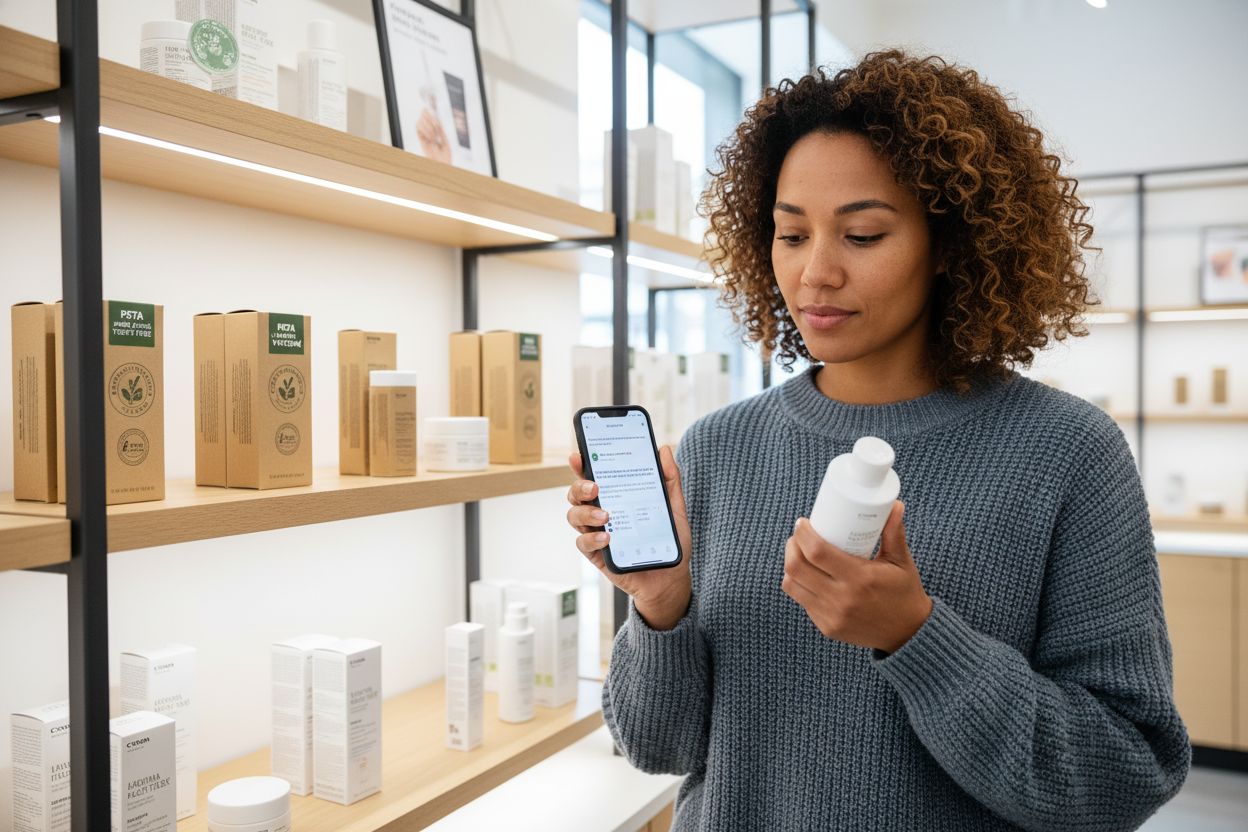
Ethical Benefits Versus Conventional Skincare
The battle between cruelty-free skincare and conventional methods goes far beyond marketing slogans. According to research from Beauty Without Cruelty, the cruelty-free movement fundamentally challenges traditional testing practices by highlighting their scientific and ethical limitations.
Core Differences in Approach
Conventional skincare often relies on animal testing that involves significant suffering, while cruelty-free alternatives prioritize both animal welfare and innovative research methodologies. Key ethical distinctions include:
- Elimination of Animal Suffering: Complete rejection of painful testing procedures
- Scientific Innovation: Development of advanced, synthetic testing alternatives
- Holistic Ingredient Selection: Focus on naturally derived, ethically sourced components
Our guide on holistic skincare approaches explores these nuanced perspectives further. According to Wikipedia, cruelty-free practices not only protect animals but potentially offer more reliable and sophisticated research methods that could ultimately produce safer, more effective skincare solutions.
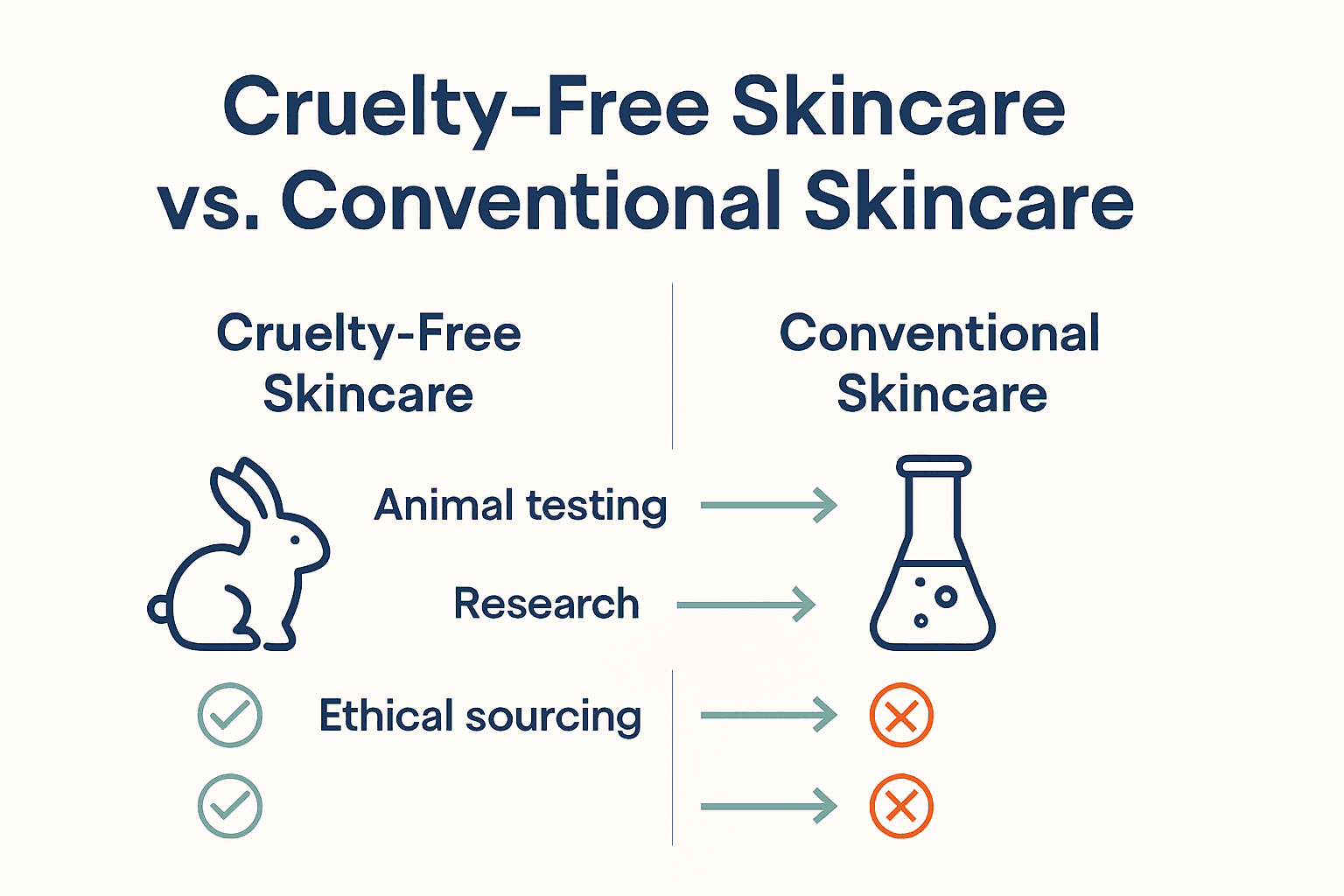 By choosing cruelty-free products, consumers actively support a more compassionate and scientifically progressive approach to personal care.
By choosing cruelty-free products, consumers actively support a more compassionate and scientifically progressive approach to personal care.
Common Pitfalls and How to Avoid Them
Navigating the cruelty-free skincare landscape can feel like walking through a minefield of marketing claims and confusing labels. According to research from Ethical Elephant, consumers often fall into traps that seem harmless but can compromise their ethical purchasing intentions.
Key Misleading Practices to Watch
Some of the most common pitfalls in cruelty-free shopping include:
- Loophole Language: Beware of phrases like “except where required by law”
- Parent Company Problems: A brand might be cruelty-free, but its parent company may not be
- Market Compromise: Some brands test on animals when selling in markets with mandatory testing
- Incomplete Supply Chain Verification: Ingredient sources matter as much as final product testing
Our guide on choosing cruelty-free makeup provides deeper insights into avoiding these traps. According to research from Pretty Me, consumers should always cross-reference brand claims with third-party databases, directly contact companies for detailed audit information, and follow reputable cruelty-free experts to ensure their purchases truly align with ethical standards. Transparency isn’t just a buzzword—it’s the cornerstone of genuine cruelty-free commitment.
Choosing Real Cruelty-Free Skincare Starts Here
Struggling to separate real cruelty-free skincare from misleading marketing? You are not alone. Many shoppers today want products that respect animal welfare and support ethical standards, yet face confusion with unverified claims and vague labels. If you crave clarity, trust, and genuine compassion in your skincare routine, you will feel right at home with GNS Beauty & Personal Care.
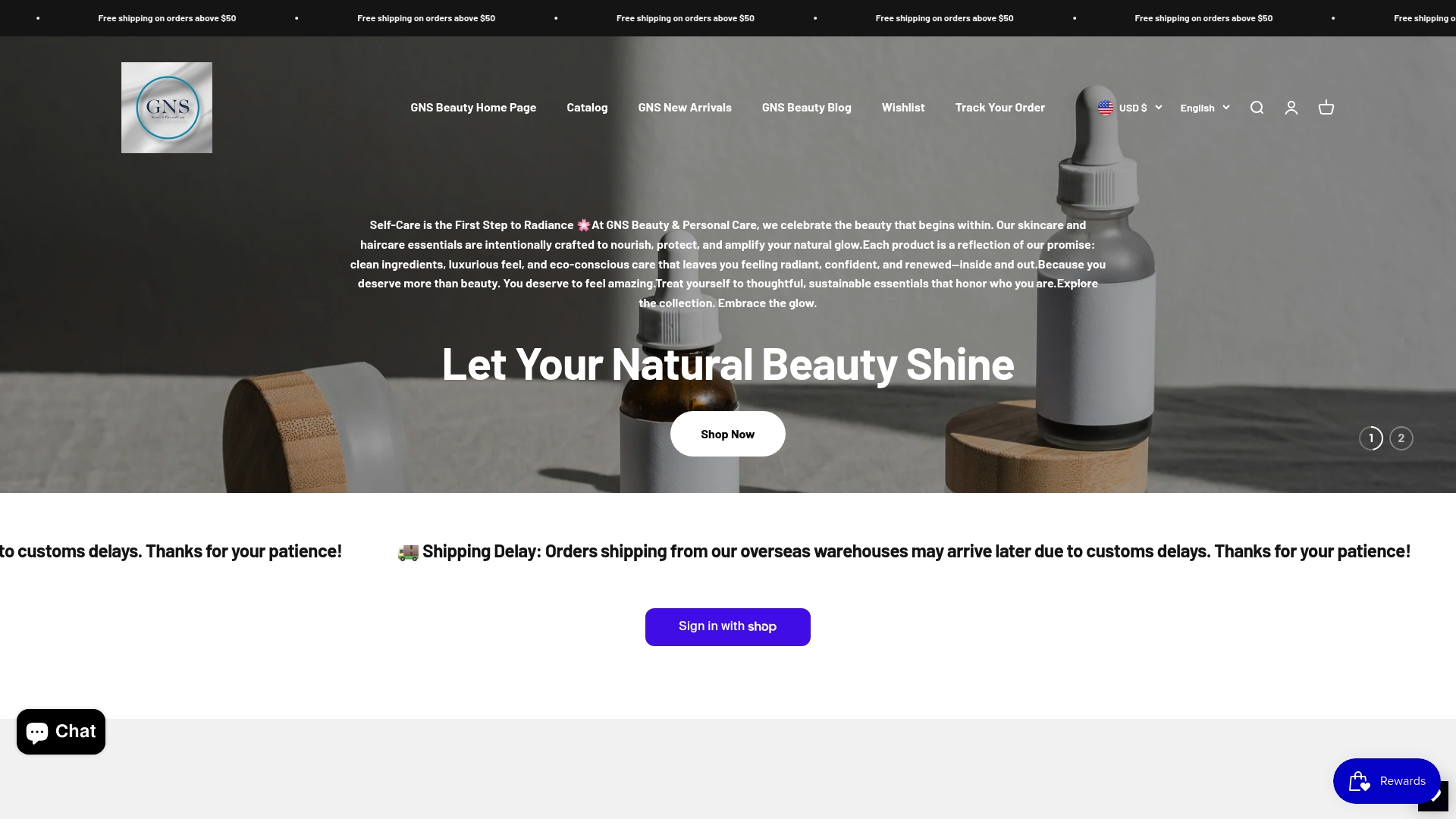
Discover a curated world of eco-conscious beauty essentials where transparency meets luxury. Each product is carefully selected to align with the strict cruelty-free principles discussed in this guide, backed by honest sourcing and reliable information. Take action now to transform your self-care into a truly ethical experience. Visit GNS Beauty & Personal Care today and start shopping with confidence. Make the change your conscience and skin will thank you for.
Frequently Asked Questions
What does cruelty-free skincare mean?
Cruelty-free skincare means that no animals are subjected to painful experiments or killed during any stage of product development. This includes a commitment to zero animal testing, ethical ingredient sourcing, and transparent supply chains.
How can I verify if a product is truly cruelty-free?
To verify a product’s cruelty-free status, look for official certifications from recognized organizations like PETA, Leaping Bunny, or Choose Cruelty Free. Additionally, research the brand’s parent company and contact the brand directly for details about their animal testing policies.
What are the main benefits of choosing cruelty-free skincare?
Choosing cruelty-free skincare supports animal welfare and promotes the development of more innovative and ethical research methods. It also aligns with a holistic approach to ingredient selection, favoring naturally derived and ethically sourced components.
What common pitfalls should I watch out for when buying cruelty-free products?
Be cautious of misleading terms like “not tested on animals” without certification, and ensure you investigate the practices of parent companies. Some brands may test on animals when selling in markets where it’s required by law, so verify their claims and assess supply chain transparency.
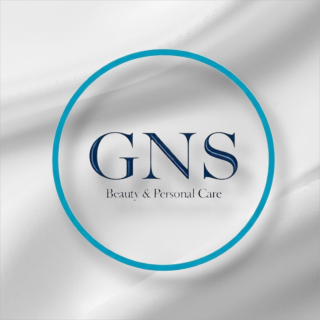




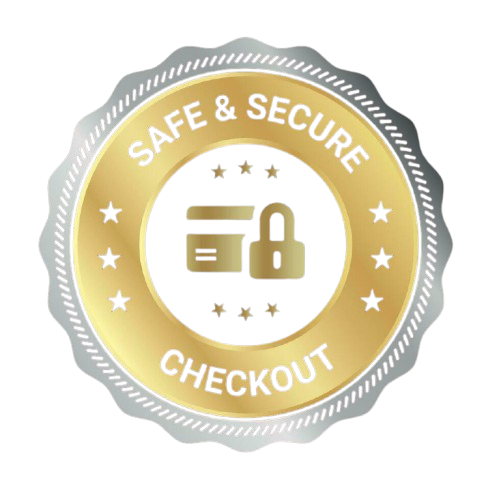
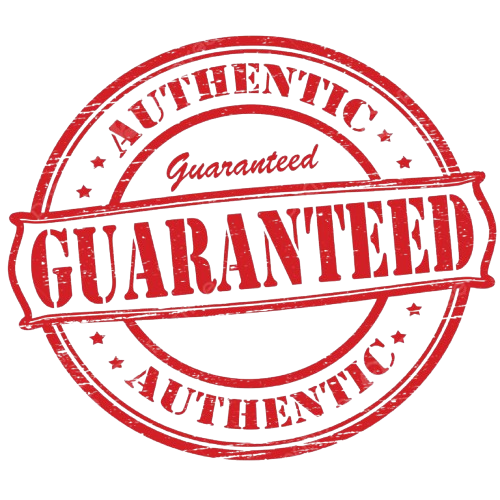

Hinterlasse einen Kommentar
Alle Kommentare werden vor der Veröffentlichung geprüft.
Diese Website ist durch hCaptcha geschützt und es gelten die allgemeinen Geschäftsbedingungen und Datenschutzbestimmungen von hCaptcha.